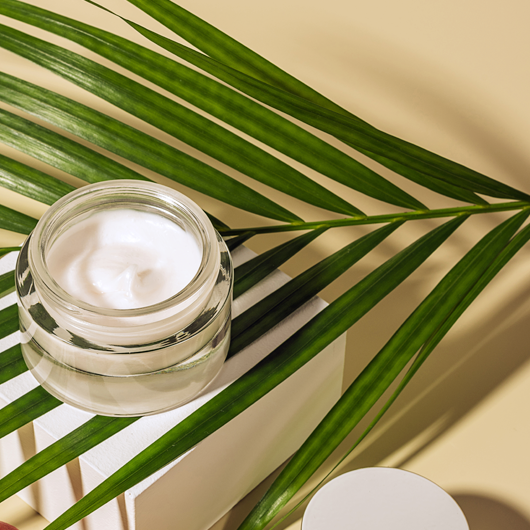Licorice
Benefits of Licorice in Skin Care
 Scientific Name: {Glycyrrhiza Glabra}
Scientific Name: {Glycyrrhiza Glabra}
Common Name: {Licorice root, Licorice root extract}
Society has long used licorice for its flavor and regenerating properties. Sucking on a piece of hard licorice when you have a sore throat can dull the pain from inflammation.
Licorice is readily available in most parts of the world. Since it was first discovered, the sweet, syrupy substance has been extracted for cosmetics, health aids, and desserts.
Along with other inherent minerals and vitamins, licorice contains glycyrrhizic acid. Glycyrrhizic acid gives the herb its unique sweet flavor of anise and its anti-inflammatory element. Additionally, skincare utilizes its anti-bacterial and anti-inflammatory properties.
Natural Lightening
When licorice was first used, it was to soothe internal ulcers and swelling. Now cosmetic companies add it to fight inflammation and natural lightening. The glycyrrhizic acid increases blood flow to the area, carrying away infection, bacteria, viruses, and other impurities from the skin, making it easier for any blemish to clear up.
It also boosts regeneration in the lower layers of the skin. By increasing cell regeneration, licorice helps to create a more youthful, radiant-looking complexion. In addition, because it is also a natural moisturizer, it helps balance oily and dry, mature skin by providing deep, nourishing moisture.
Flavonoids and Antioxidants
Licorice also contains flavonoids, which are akin to antioxidants. Flavanoids work by seeking out and regulating culprits that cause the complexion to look unappealing. Skin creams aimed at helping conditions such as psoriasis, contain this herb.
Licorice assists in soothing, cleaning, and invigorating the area. It is also effective in working against the look of other redness. For example, rosacea's appearance can be significantly reduced by using a product containing this herb.

The glycyrrhizic acid also has skin-brightening properties. As increased circulation carries away impurities in the skin, a clearer and more beautiful complexion appears.
Hyperpigmentation, which happens naturally in the skin simply by having too much melanin in one area, can be reduced with a fade cream containing licorice. Licorice contains enzymes that inhibit melanin's formation, making it the best natural skin lightener today. For a very effective fade cream, look for one containing licorice, arbutin, mulberry, bearberry, and vitamin C.
Fade creams can tackle most liver and age spots. Look for retinoids, kojic acid, or azelaic acid for more aggressive ingredients. Darkest spost may require chemical peels, microdermabrasion, or an IPL laser.



